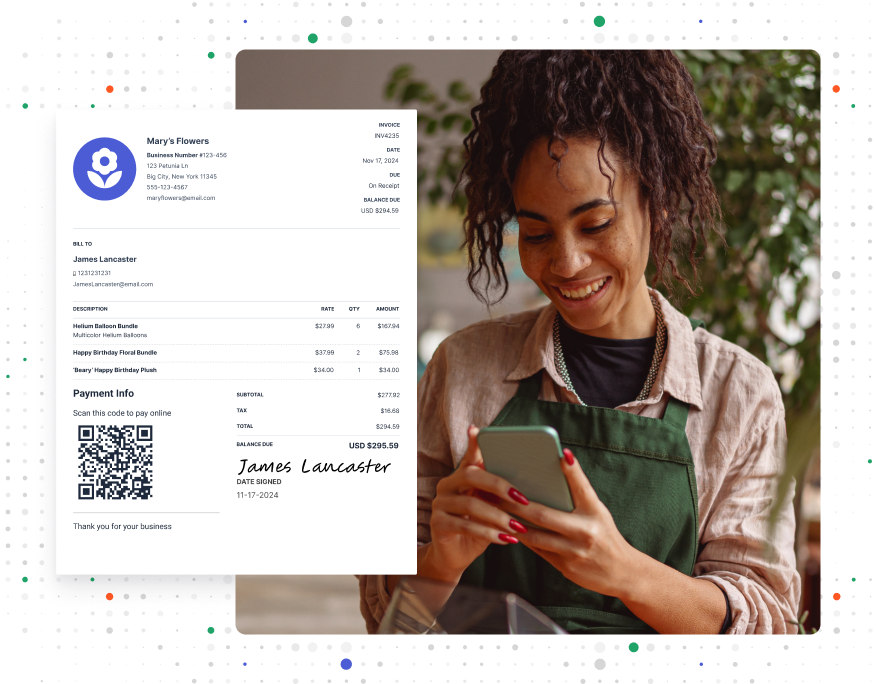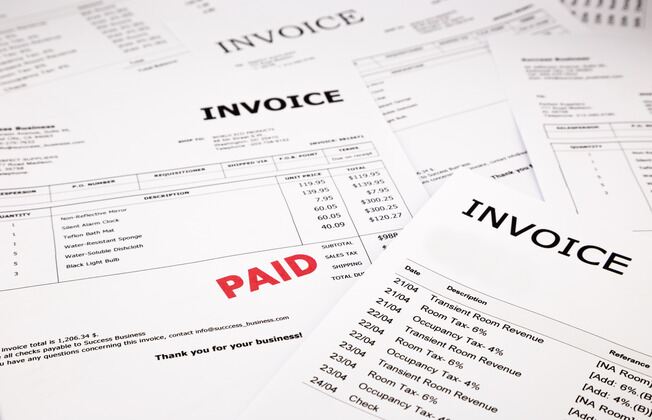What Is Recurring Billing and How Can It Benefit Your Business?
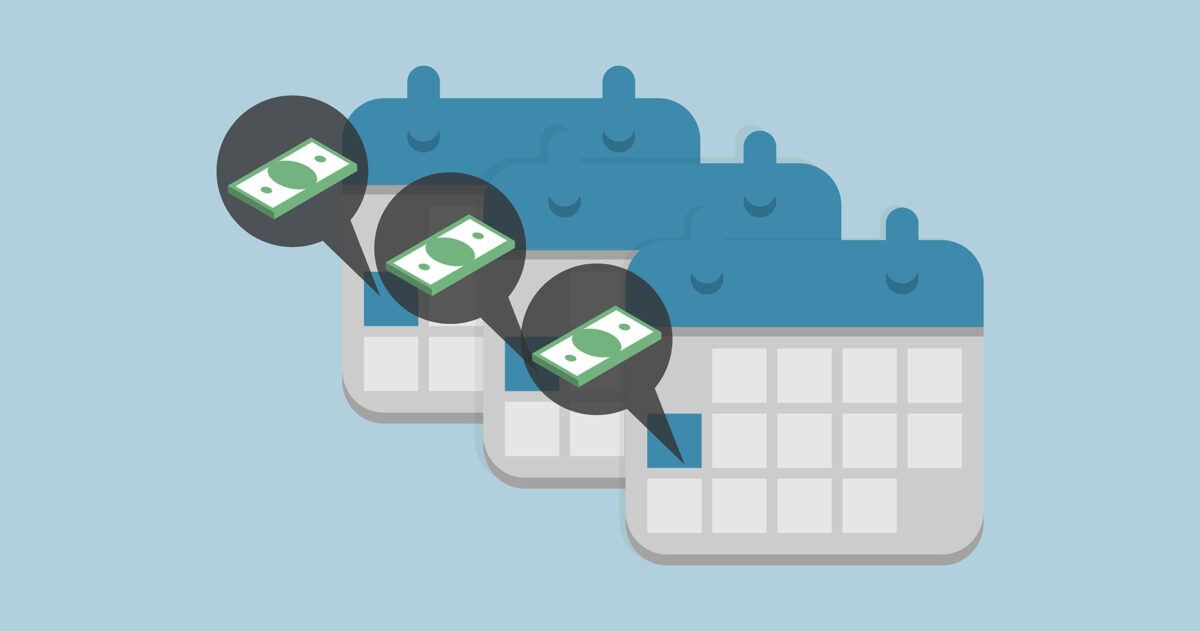
Work smarter, not harder. It’s an age-old truism and a clever way to do business.
Recurring billing embodies this principle. It takes the effort out of billing while giving you an opportunity to increase your revenue.
What is recurring billing? What are the specific recurring billing advantages? How can you achieve customer retention through recurring billing?
This guide will answer these questions and more.
We’ll take a closer look at recurring billing: what it is, how it works, and the different models available.
We’ll explore its benefits for businesses and customers alike. Then, we’ll wrap up with actionable steps to get it up and running in your business.
Let’s get started!
Understanding Recurring Billing: Definition and Key Concepts
What is recurring billing? It’s a type of payment model.
A business charges customers on a regular, pre-determined basis. For example, the business might bill a customer $400 a quarter.
Key concepts of recurring billing include:
- The payment schedule: This determines how often a customer is billed. It could be once a month or every week.
- The payment amount: This is how much the customer will be charged. In most cases, they will be billed the same amount each time.
- The payment process: What’s great about recurring payments is they happen automatically. Payments are processed without manual intervention. You get paid on time, every time—no extra effort required.
- The customer’s payment information: The automatic payment process uses the customer’s information (think credit card or bank account details).
How Recurring Billing Works for Businesses and Customers

Recurring billing is a convenient payment option for businesses and customers alike. It’s the perfect option for ongoing services and subscriptions. It’s also a smart choice for memberships.
So, how does the subscription billing process work? Let’s examine it from the perspectives of the business and customer.
Unpacking Recurring Revenue Models for Businesses
Businesses like yours can use recurring billing to make their cash flow more reliable. It works like this:
- You choose one or more services or products for which recurring billing makes sense.
- You invest in a reliable payment processor that supports recurring billing.
- You set up your plans. These have an amount and payment schedule. As a quick bonus tip, consider making your plans flexible. This can make recurring billing more attractive to your customers. They can personalize the service to suit their unique needs.
- When a customer purchases or signs up for recurring billing, your processor automatically bills the customer. The funds are transferred from the customer to your business bank account.
- You are paid as per the payment schedule indefinitely or until the product or service ends.
Recurring Billing From the Customer’s Perspective
How does this process unfold for the customer?
- First, they sign up for or purchase a product or service with recurring billing.
- During checkout, they will be prompted to enter their payment information. Depending on your payment processor, they have options. This might include credit cards, bank accounts, digital wallets, or online processors like PayPal.
- The customer might also have the option to personalize their plan. For example, they might be able to select billing frequency.
- After checkout, the customer will likely be charged right away.
- The customer will be automatically billed when the next payment date rolls around. This will continue until they cancel their service.
What happens if the customer doesn’t have the funds to cover the bill?
The transaction will fail. Most payment processors will retry the charge after a set period. The customer might also receive notifications about the failed payment.
If the issue isn’t resolved, their service might be canceled. It’s a good idea to be upfront and honest about your policies. Communicate what happens in these scenarios during the checkout process or in your contract.
RELATED ARTICLE: Understanding Billing Cycles: Definition, Process, and Duration
Benefits of Recurring Billing for Subscription-Based Services
You love what you do for many reasons. You get to help others solve a problem. You grow your skills and learn new things.
You’re also rewarded with an income. But managing this isn’t always easy.
Recurring billing can make money management a breeze—and that’s not the only advantage. Here are some of the top benefits:
More Reliable Cashflow
According to Investopedia, lack of capital is one of the most common reasons small businesses fail. Recurring billing can safeguard your cash flow.
On every billing date, funds are transferred into your account automatically—you don’t have to rely on your customers to pay manually. This simplifies billing cycle management.
It happens like clockwork. You can better forecast your earnings. You can create rock-solid budgets that enable you to invest in your business’s growth.
Fewer Billing Errors
When humans are involved, human error follows. Billing errors can be hugely detrimental:
- They take up a whole lot of your time. You have fewer resources to spend on customer care and growth-driving activities.
- They can fracture customer relationships. Errors can result in billing disputes, which stain the customer experience.
- They can lead to incorrect payments. You might end up undercharging a customer, which leaves you out-of-pocket.
Greater Customer Convenience
Price and quality matter to customers. But so does convenience.
In fact, 70% of buyers would pay extra for a convenient experience. And what could be more convenient than a zero-effort payment process?
With recurring billing, your customers don’t have to do anything to stay on top of their subscriptions. It all happens automatically.
This can lead to all sorts of beneficial business outcomes:
- A sharper competitive edge
- Improved customer loyalty
- More positive reviews
- Less customer churn
- Easier upselling
Higher Customer Lifetime Value (CLV)
Customer Lifetime Value, or CLV, measures how much a customer spends with your business. The higher the CLV, the better.
Using recurring billing for subscription services can uplift your CLV. Here’s how:
- Customers are more likely to stay subscribed when payments happen automatically.
- The longer they stay, the more revenue they generate over time.
- Effortless plan upgrades can increase spending without additional effort on their part.
FROM ONE OF OUR PARTNERS: 5 Reasons Why Your Business Should Use Recurring Payments
Common Types of Recurring Billing Models
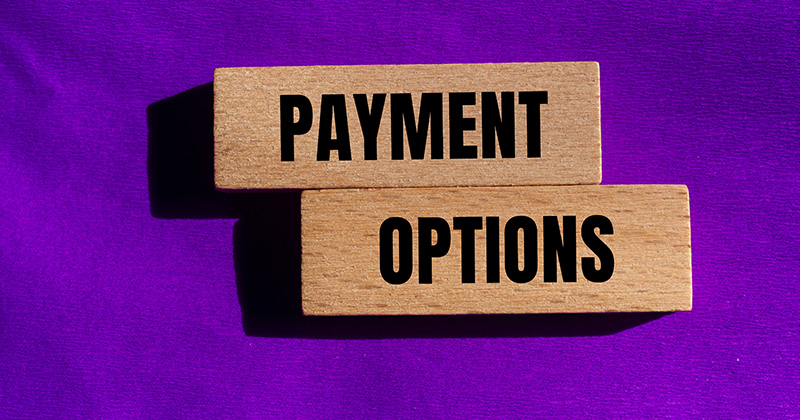
There are many different types of recurring billing models you can use. Here are some of the most popular:
Fixed Recurring Billing
What it is: Customers are charged the same amount on a regular schedule.
Unique benefits: It’s predictable and easy to manage for both you and your customers. They know precisely what they’re paying. You know exactly what you’re earning.
Choose this model for: Retainer-based services (like design or consulting) or subscription-based offerings. Examples include memberships or recurring product deliveries.
Pay-as-You-Go
What it is: Customers are billed based on their actual usage of a product or service. The more they use, the more they pay.
Unique benefits: It’s fair and flexible. Customers pay only for what they need.
Choose this model for: Services where you bill for time or materials, such as hourly consulting. Copywriting and pay-per-project work are other use cases.
Tiered Billing
What it is: Pricing is broken into tiers. Customers have multiple levels to choose from. Think Netflix: Basic, Standard, and Premium.
Unique benefits: Customers can upgrade or downgrade plans as their preferences or budgets change. They have control while you increase your revenue potential.
Choose this model for: Services like website hosting, marketing plans, or software tools.
Hybrid Billing
What it is: A combination of fixed and variable charges—for example, a base subscription fee plus extra costs for greater usage.
Unique benefits: It balances predictability with flexibility. It might draw in customers who value both consistency and customization.
Choose this model for: Ongoing services with variable needs. For example, IT support with a base retainer plus fees for emergency calls or extra hours worked.
RELATED ARTICLE: The Ultimate Guide to Subscription Billing Setup for Independent Contractors
How to Implement Recurring Billing in Your Business
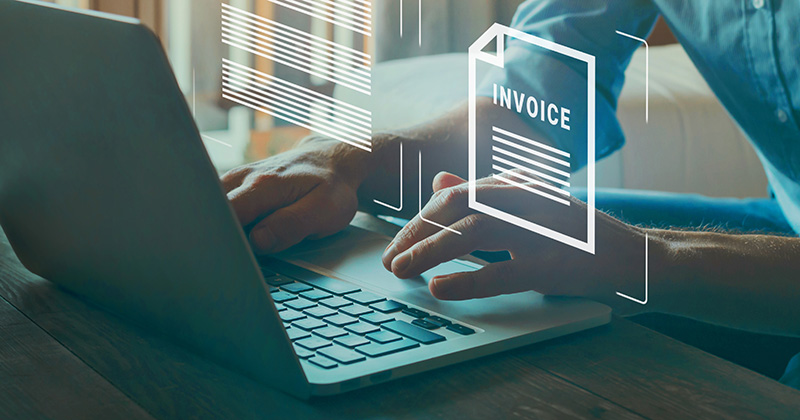
Recurring billing makes life easier for you and your customers. The good news? Getting started isn’t difficult—especially if you have a great payment processor on your side.
Step 1: Decide Which Products or Services to Focus On
Not every service will work with recurring billing. So, before you get set up, choose one or more of your offerings to focus on.
Consider how much you’d charge and how often. Think about customizable options and ways to increase your revenue. For example, could the customer add an extra service?
Step 2: Research and Choose a Payment Processor
Recurring billing certainly contributes to a five-star customer experience, but it’s not guaranteed. The payment processor you choose will greatly influence your customers’ payment experience.
It’s also critical to know if a payment processor is compatible with your existing software. For example, Invoice Simple integrates with popular payment processors like Stripe and PayPal. This integration means you can utilize recurring billing without disrupting your existing invoicing workflow.
So, do your research. Consider things like:
- Whether the processor supports recurring billing and what features they offer
- Does the processor integrate with your software tools
- The fees the processor charges
- The types of payment methods they accept, like credit cards and digital wallets
- The processor’s security initiatives and compliance status
Step 3: Set Up Your Recurring Billing
Once you’ve chosen a service and processor, it’s time to set up your subscriptions. This will involve establishing:
- The payment amount
- The payment schedule
- Where the funds will be transferred to (e.g., your business bank account)
- Flexible options, add-ons, or tiers
Remember to test the billing system. That way, you can spot errors or hiccups before they impact the customer experience.
Step 4: Put the Word Out
Now that your recurring billing system is ready, it’s time to spread the word.
- Send a dedicated email explaining the benefits of recurring billing.
- Make sure your new payment terms are clear and accessible.
- Promote recurring billing on social media and your website.
Step 5: Collect Feedback and Optimize
The early days of implementing recurring billing are critical. Use this time to gather insights and refine the process.
Reach out to customers to learn about their experience with the new system. Did they find it easy to sign up? Are there any pain points?
Review your payment data, too. Are your customers actually choosing recurring billing? If not, find ways to make it more appealing—like offering discounts.
FROM ONE OF OUR PARTNERS: Subscription Payment Services Made Easy
Key Takeaways for Recurring Billing
Get started with these tips:
- Think about which of your products or services naturally fit a recurring billing model.
- Research and invest in a payment processor that supports recurring billing and integrates with your invoicing software.
- Consider ways to promote recurring billing. That might be a series of emails or a few social media posts. Don’t forget to drive home just how convenient it is.
Brainstorm incentives like discounts or perks to encourage customers to choose recurring billing.
Start Your First
Invoice Today
Create customized and professional
invoices and connect with clients
